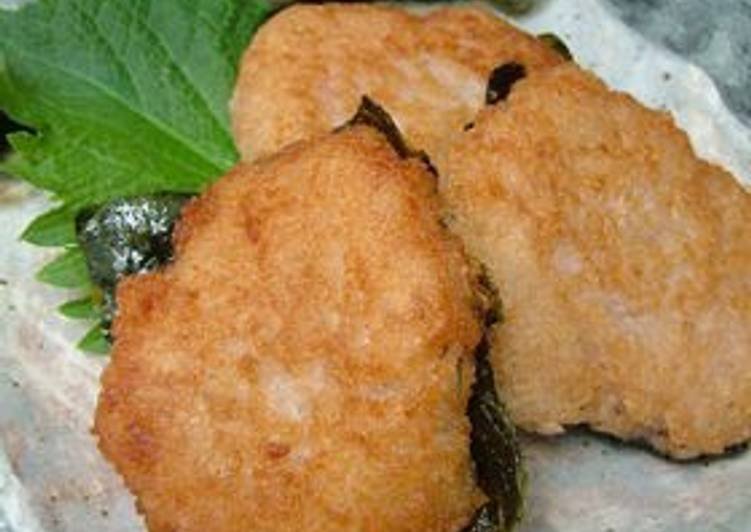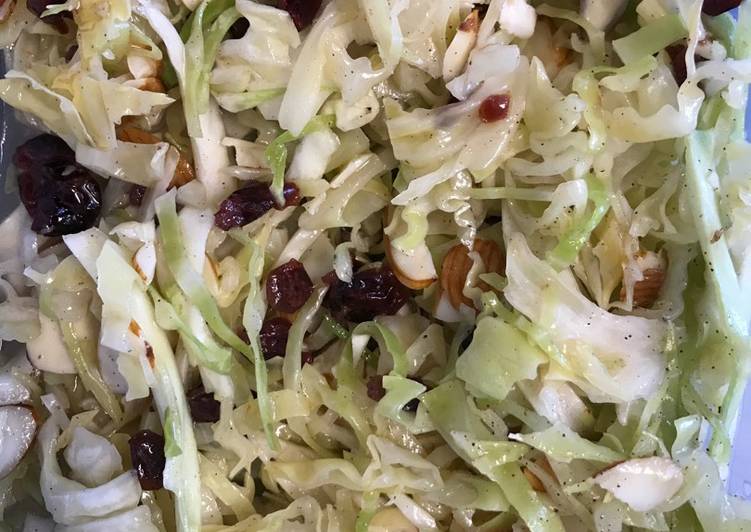
Hello everybody, hope you’re having an incredible day today. Today, I’m gonna show you how to make a special dish, macrobiotic ^^ fried lotus root seaweed. It is one of my favorites. For mine, I will make it a bit tasty. This will be really delicious.
Soak the hijiki in lukewarm water to reconstitute, then cut into easy to eat lengths. Rinse the lotus root well, then thinly slice into wedges or into rounds. Lotus root, as the name implies, is the root of the lotus flower and has a wide range of health It is frequently used as a vegetable in Asian cuisines, including within soups; it can also be deep-fried, stir-fried, braised Kombu, also known as, Laminaria japonica, is edible sea kelp serving as seaweed.
Macrobiotic ^^ Fried Lotus Root Seaweed is one of the most well liked of current trending meals in the world. It’s enjoyed by millions every day. It’s easy, it’s fast, it tastes yummy. Macrobiotic ^^ Fried Lotus Root Seaweed is something that I have loved my entire life. They’re nice and they look wonderful.
To get started with this recipe, we must first prepare a few ingredients. You can cook macrobiotic ^^ fried lotus root seaweed using 5 ingredients and 6 steps. Here is how you cook it.
The ingredients needed to make Macrobiotic ^^ Fried Lotus Root Seaweed:
- Prepare 1 stalk Lotus root
- Prepare 5 cm Nagaimo, yam (or substitute with 1 egg)
- Get 10 sheets Nori seaweed (flavored or baked)
- Take 1 Ponzu
- Make ready 1 Yuzu pepper paste
A wide variety of fried lotus root chips options are available to you, such as taste, processing type, and packaging. Crispy Lotus Root Chips (Renkon Chips) fried to perfection and sprinkled with Himalayan pink salt and Japanese aonori seaweed powder. After ordering this menu a few times, I knew I had to. The lotus root is mild tasting with a pleasantly sweet flavor.
Instructions to make Macrobiotic ^^ Fried Lotus Root Seaweed:
- Peel the lotus root and the nagaimo, grate, and mix. Use however much lotus root you like.
- Spread out 1.5 to 2 tablespoons of the mixture from Step 1 onto each sheet of the square or rectangular nori.
- Heat 5-mm to 1-cm of oil in a frying pan. Pick up both ends of the nori and carefully place in the oil with the nori facing down. Place as if sliding in.
- Once the edges of the lotus root have changed color, flip it over, taking care not to let them fall apart. Fry until golden brown.
- Once they've fried, place on a paper towel to drain the oil. Apply the combined ponzu and yuzu pepper paste and enjoy. ^^♪
- I tried frying them with egoma leaves.
It has a crunchy texture comparable to celery. When cooked for a long time, such as in a Lotus roots are usually sliced crosswise to reveal their attractive pattern of holes. They are traditionally added to soups and stews or simply stir-fried, as. The Blissful Chef shows you how to make a traditional macrobiotic recipe called Kinpira, using lotus root, burdock, and carrots. The Best Lotus Root Recipes on Yummly
So that is going to wrap it up for this exceptional food macrobiotic ^^ fried lotus root seaweed recipe. Thank you very much for your time. I am confident that you can make this at home. There’s gonna be more interesting food in home recipes coming up. Don’t forget to bookmark this page on your browser, and share it to your family, colleague and friends. Thank you for reading. Go on get cooking!


